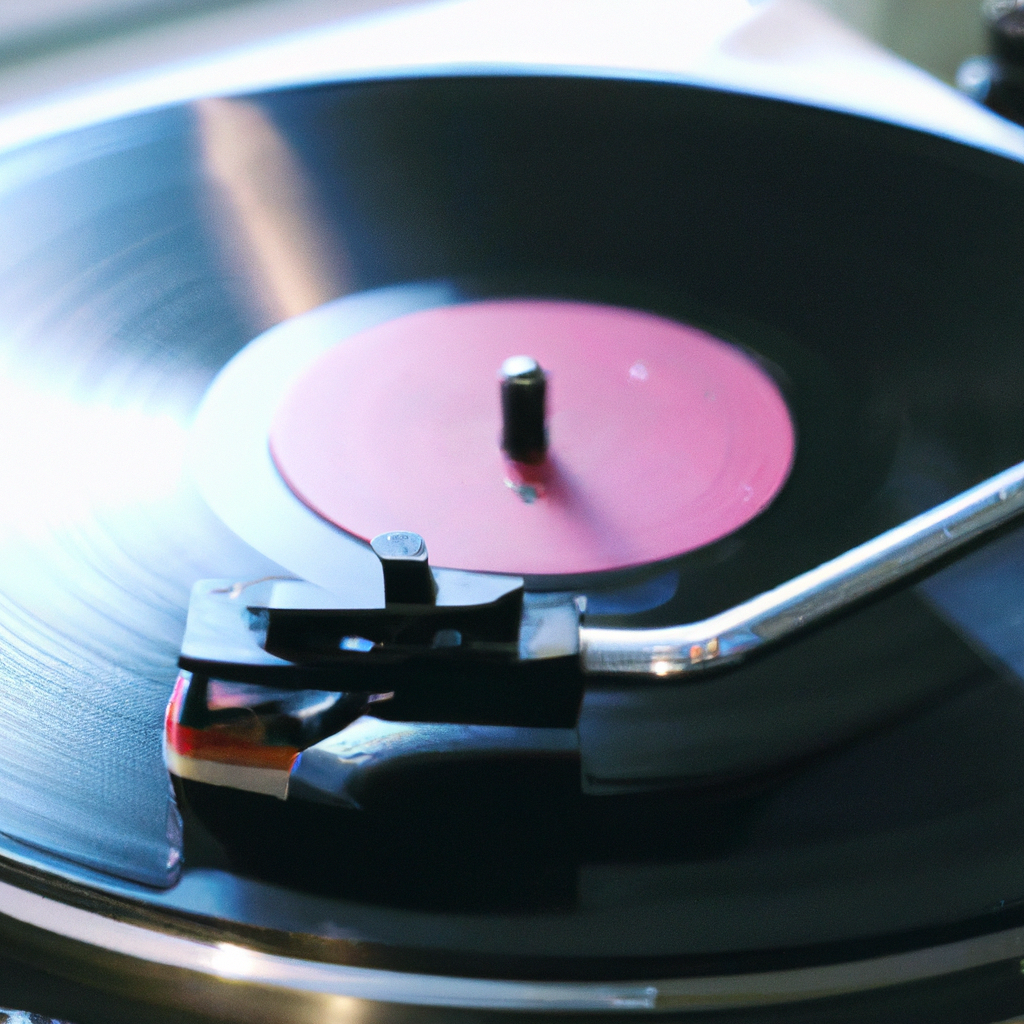A record player, also known as a turntable, is a device used to play vinyl records. Many people still prefer to listen to their favorite music on vinyl, and record players are still in demand despite the widespread availability of digital music. But how does a record player work? In this article, we will explore the inner workings of a record player, including its various components and how they work together to create the unmistakable sound of vinyl.
The Components of a Record Player
Before we dive into how a record player works, let’s first take a look at its various components. The major components of a record player include:
– Platter: This is the circular platform on which the vinyl record is placed.
– Motor: The motor spins the platter, allowing the record to rotate.
– Tonearm: The tonearm holds the stylus (needle) and positions it over the record.
– Stylus: The stylus is the needle that makes contact with the grooves on the record, producing sound.
– Cartridge: The cartridge contains the stylus and converts the mechanical vibrations produced by the stylus into an electrical signal.
– Phono preamp: The phono preamp amplifies the electrical signal produced by the cartridge, making it loud enough to be played through speakers.
How a Record Player Works
Now that we’ve identified the various components of a record player, let’s take a closer look at how they work together to create the unique sound of vinyl.
Step 1: Placing the Record
The first step in playing a vinyl record is to place it on the platter. The record should be centered on the platter and pressed down firmly to ensure it doesn’t slip or wobble during playback.
Step 2: Spinning the Platter
Once the record is in place, the motor is turned on, which spins the platter. The platter must rotate at a constant speed to ensure that the stylus moves smoothly along the grooves on the record. Most record players have a speed selector that allows you to choose between 33 1/3, 45, and sometimes 78 RPM.
Step 3: Positioning the Stylus
As the platter rotates, the tonearm moves towards the center of the record, positioning the stylus over the first groove. The stylus is held in place by the cartridge, which is attached to the tonearm. The stylus is typically made of diamond or sapphire and is designed to fit precisely into the grooves on the record.
Step 4: Following the Grooves
As the stylus moves along the grooves on the record, it vibrates in response to the variations in the groove depth and shape. These vibrations are transmitted through the cartridge and converted into an electrical signal.
Step 5: Amplifying the Signal
The electrical signal produced by the cartridge is very weak and needs to be amplified before it can be played through speakers. This is where the phono preamp comes in. The phono preamp amplifies the signal, boosting it to a level that can be played through speakers.
Step 6: Playing the Sound
The amplified signal is sent to an amplifier, which further boosts the signal and sends it to the speakers. The speakers vibrate in response to the electrical signal, producing sound waves that travel through the air and reach our ears.
Conclusion
In conclusion, a record player works by spinning a vinyl record on a platter while a stylus follows the grooves on the record, producing vibrations that are converted into an electrical signal by a cartridge. The signal is then amplified by a phono preamp and played through speakers, producing the unmistakable sound of vinyl. While digital music has become the norm, many people still prefer the warm, rich sound of vinyl, and record players continue to be popular among audiophiles and music lovers alike.







